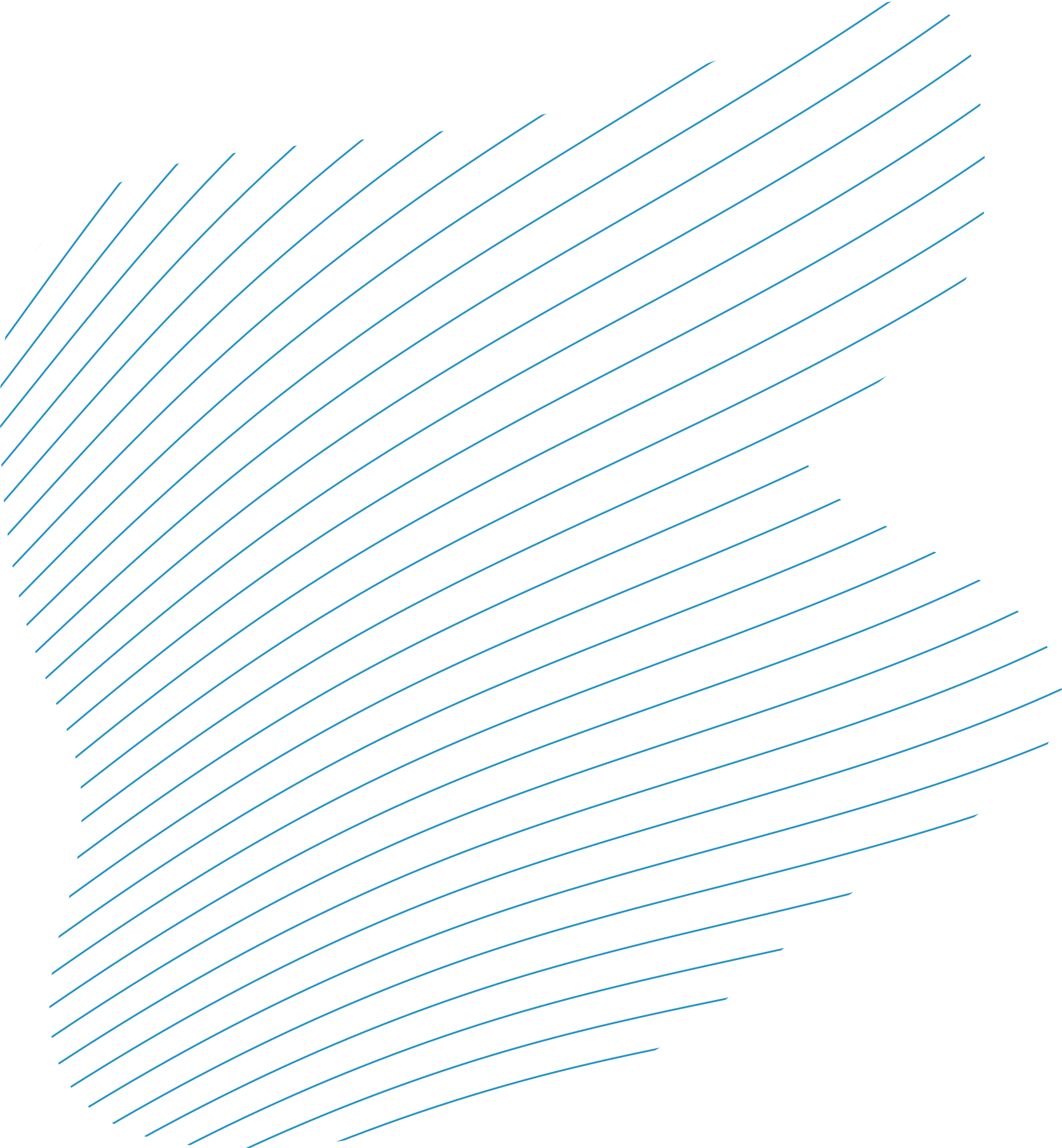To prepare for the construction work on Amrumbank offshore wind farm, the research vessel Ice Beam carried out an analysis of soil samples from the seabed. After a 500-m safety zone was established around the planned outer locations of the WEA to secure the wind farm construction site, construction work started in May 2013.
The monopile steel foundations with a weight of between 80 and 300 tonnes each were driven into the seabed from January 2014. The large six-leg wind turbine installation vessel MPI Discovery, which RWE had chartered for the construction of the wind farm, was used to transport the elements from the port of Cuxhaven and erect them on site.
The first turbine was finally installed on 11 February 2015. The wind turbines were then commissioned one by one as the remaining turbines were erected. The first turbines went on stream in April 2015 and the complete wind farm was commissioned in October 2015.
Around 100 km of array cables were laid from the 80 wind turbines to the transformer station. An export cable transmits the power to the “HelWin beta” converter platform, which is 8 km away and transforms the three-phase alternating current (AC) from 155 kV to the ±320-kV level and converts it to direct current. The electricity is then transmitted through a submarine cable via high-voltage direct current transmission (HVDC “HelWin 2”) to the port town of Büsum, 85 km away, and from there another 45 km to the grid connection point at Brunsbüttel, where the electricity is converted back to three-phase alternating current (AC).
The wind farm is operated by Amrum-Offshore West GmbH, a 100 per cent subsidiary of RWE Offshore Wind GmbH. The service and operating station for the Amrumbank West offshore wind farm is located on Heligoland.








